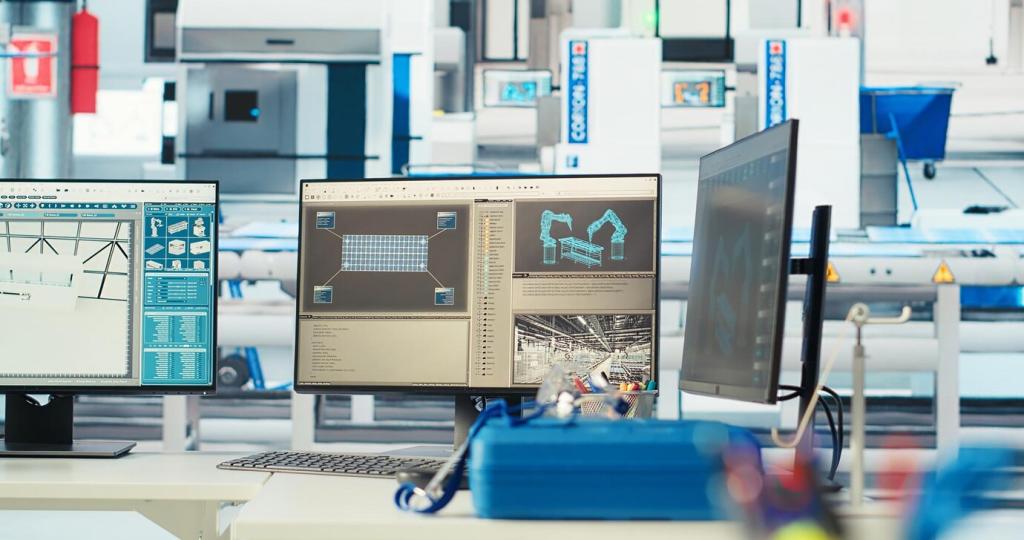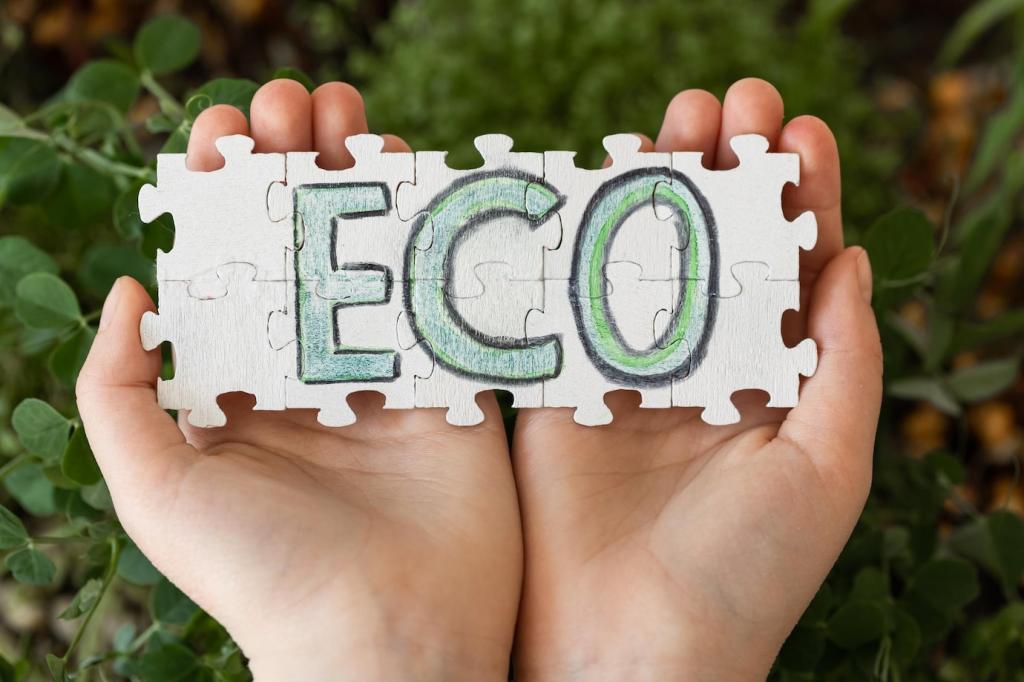Measuring Impact: The Science Behind Eco-Friendly Performance
Environmental Product Declarations translate complex manufacturing impacts into comparable metrics. Teams benchmark options, then choose materials with lower global warming potential. Download our forthcoming checklist by subscribing, and comment with questions about interpreting Modules A1–A3.
Measuring Impact: The Science Behind Eco-Friendly Performance
Phase-change drywall, high-density wood fiber insulation, and airtight detailing flatten temperature swings. Residents describe quieter HVAC cycles and calmer nights. Want our climate-specific detailing guide? Join our list and request the zone that matches your site.
Measuring Impact: The Science Behind Eco-Friendly Performance
Innovative materials face moisture, fire, and structural tests. Projects succeed by aligning third-party certifications with local inspectors early. Share your permitting stories—your experience can save another builder weeks of uncertainty.
Measuring Impact: The Science Behind Eco-Friendly Performance
Lorem ipsum dolor sit amet, consectetur adipiscing elit. Ut elit tellus, luctus nec ullamcorper mattis, pulvinar dapibus leo.







